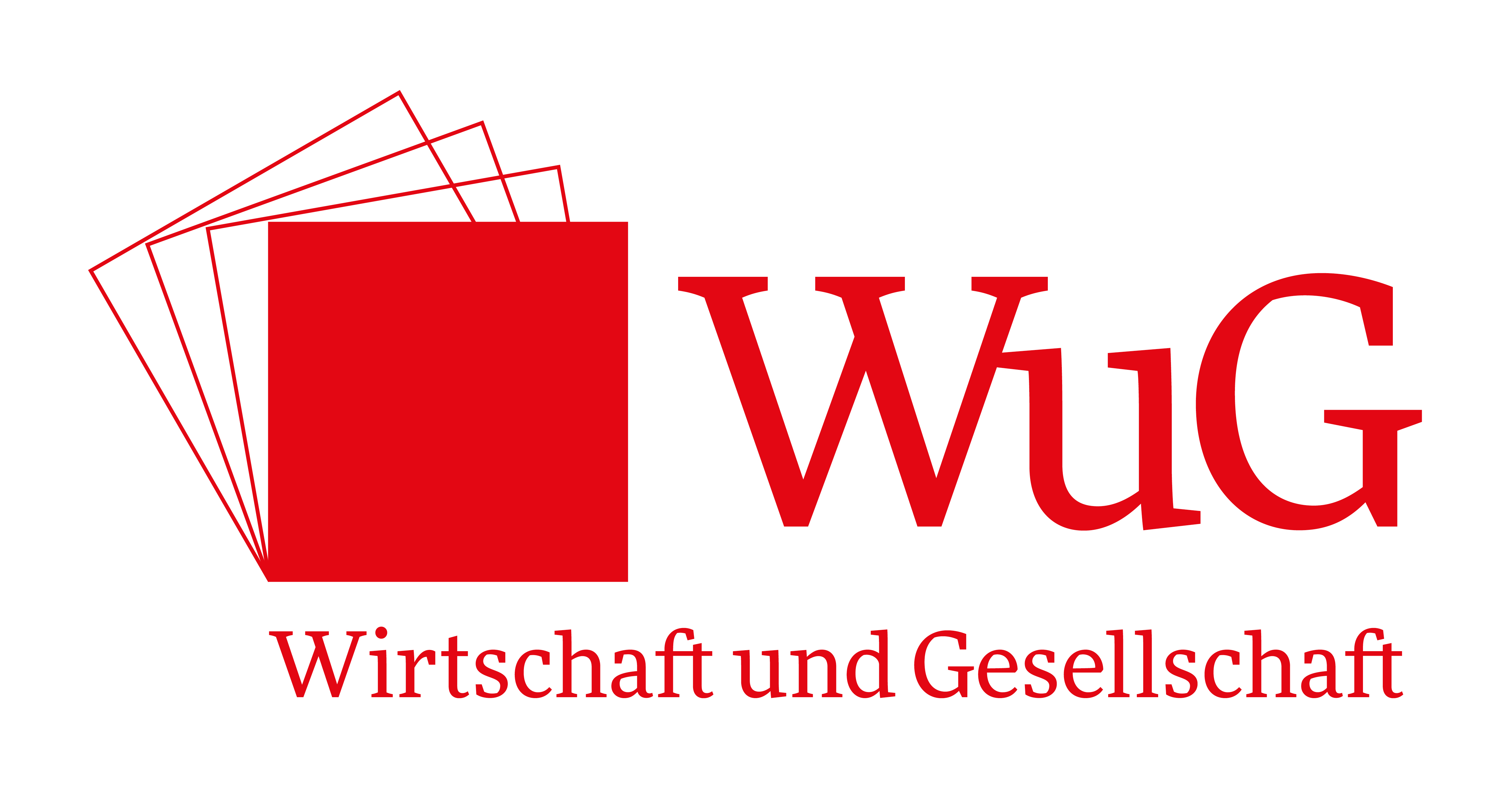Abstract
The aim of the national case study is to investigate the recent inflationary developments in Poland, against the background of tendencies present in the EMU economies. It provides insights into the structural aspects of inflation in Poland, as well as into its outcomes for growth prospects and income distribution. For this purpose, the main tendencies in nominal wages and corporate mark-ups, as well as the up-to-date strategies of the government and domestic trade unions are analysed.
The study combines quantitative analysis with qualitative overview of policy making and the activities of social partners, including the trade unions. First, we demonstrate that post-pandemic inflationary dynamics in Poland are similar to the CEE average, yet much higher than in the EMU. This can be attributed to the composition of the consumption basket, with a relatively high share of energy, food and transport expenses. There are also inflationary pressures from a strong expansion, as reflected in low unemployment, full capacity utilisation and exchange rate depreciation.
Second, we identified strong redistributive effects of the inflation in Poland, as reflected in declining real wages and labour share in national income. We see extraordinarily high mark-ups and profits in the business sector, particularly in 2021. Finally, we identify the social dialogue in Poland as conflictual, with virtually no coordinated efforts to limit the rate of inflation. Under such conditions, government policies are of even higher importance. These focused primarily on mitigating the social costs of inflation for households, and mostly took form of economy-wide tax cuts and transfers.

